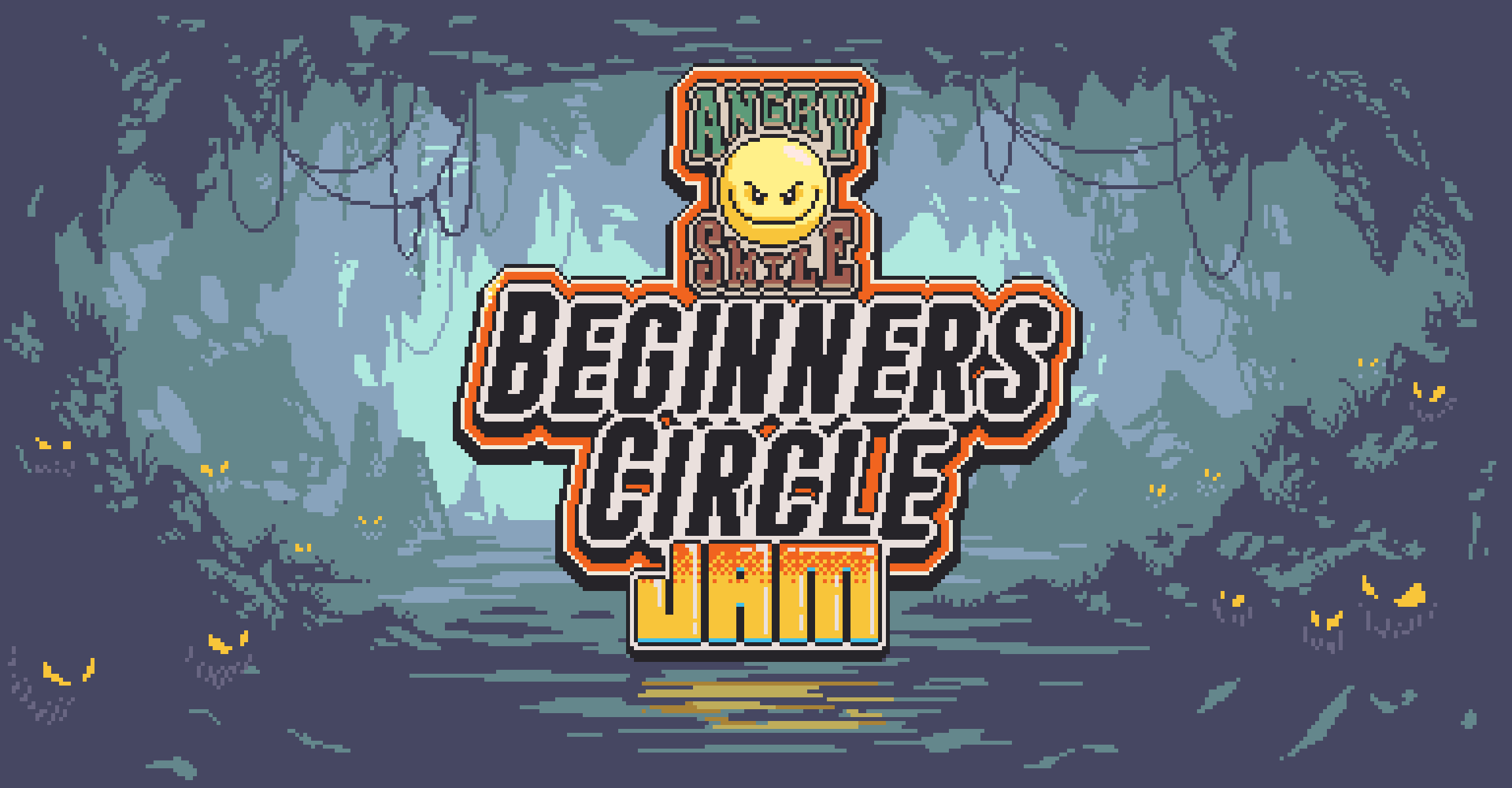If you need help, just post your question here!
As a professionally published game developer of nearly 2 decades, I wouldn't feel right making a game for this jam; so instead, I would like to offer my support to this community by answering questions that anyone has about game development during this jam. Questions can be general (eg: "How do you design a platformer level"?) or specific (eg: "How do you make a menu button in Unity"?)
As much as possible, I'll try to either answer directly or point you to a resource that answers your question in detail.
Since I don't want this to become about me, I'll just go by the anonymous moniker, "Game Professor". Still, you have a right to know who's advice you are taking, so I'll briefly summarize my background below:
My Background:
I have a long resume of experience as a professional designer, level designer, programmer, producer, and writer for the game industry where I've worked on everything from giant MMOs and long-running major franchises to small indie titles. I have also taught and/or lectured at prestigious colleges like Digipen, USC, and the New York Film Academy. I have trained many devs working on some of today's biggest titles. I have participated in (and judged) many, many game jams over the years; and helped launch some big name dev competitions. As an indie, I've done everything from coding and design to creating art/animation and sound/music (though the later ones are not my primary forte, my work on them is passable).
Technology Experience:
I've worked with (and taught) GameMaker, Unity, Godot, GDevelop, and (a little bit of) Unreal; as well as several engines you've probably never heard of. I've coded in Python, C#, C++, JavaScript, GML, GDscript, and a ton of other languages. For art, I've used Photoshop, Gimp, Blender, Inkscape, and a lot of other image manipulation packages. For sound and music, I mainly use Audacity and LMMS.
I'm happy to help support this jam and its wonderful community of learners! Let's go make some games!


